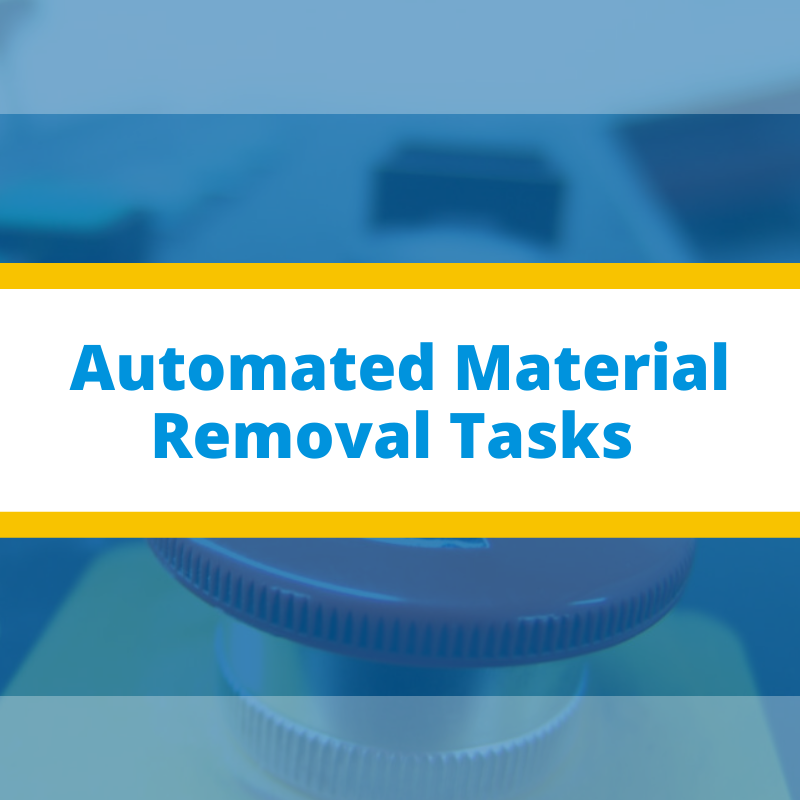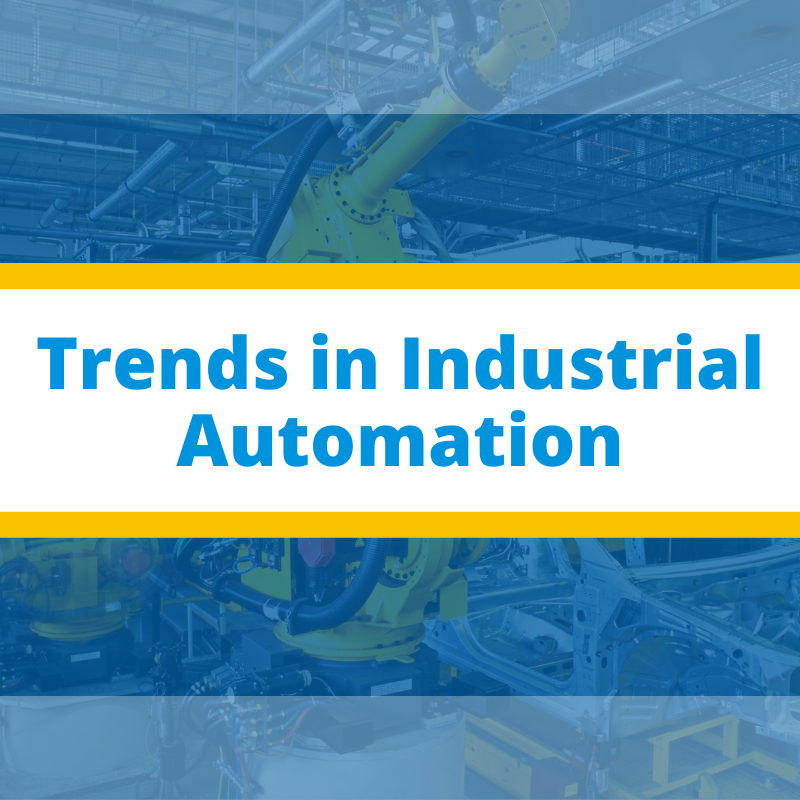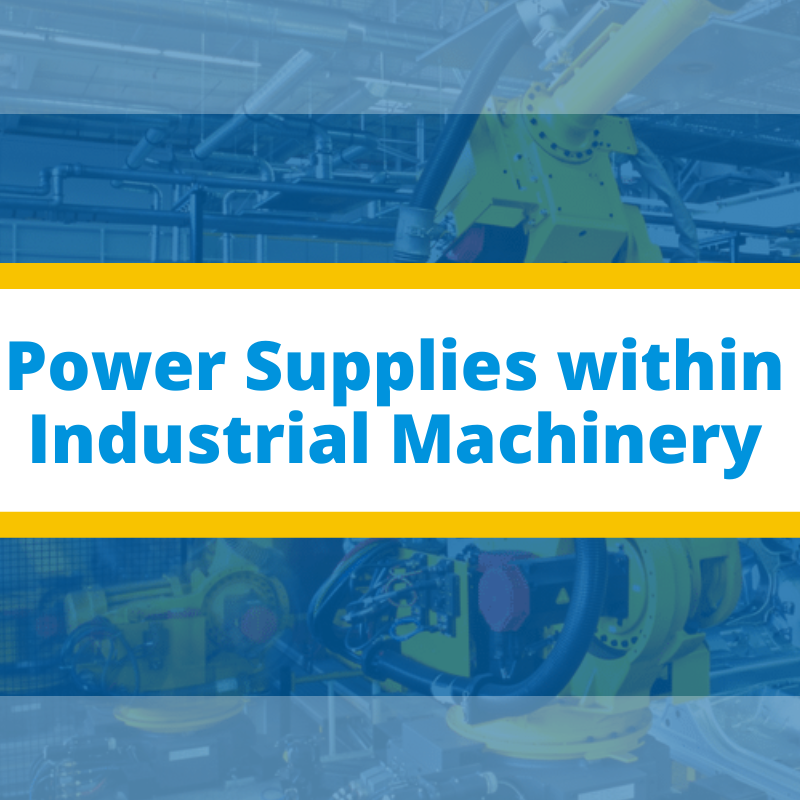Metals and Energy are coming in at record high prices if looked upon from a historic perspective. To ease off the sting, manufacturers are looking for new ways to keep the energy and material expenses controllable, without having to increase the prices of their products. Material removal is one of the areas that can greatly contribute to cost-cuts and result in increased overall efficiency.
Ever been in one of those situations where you wished you just had a ‘pause’ b utt on ? Accidents on the plant floor can cause irreparable damage to equipment and personnel that can adversely affect your company’s productivity, profitability and safety.
Banner Engineering has developed highly responsive emergency stop devices that can give you the power to stop an accident as soon as you notice something’s wrong, thus preventing the damage from going any further.
Industry 4.0: Multiplying Possibilities and Reaping Rewards
The possibilities of applying Industry 4.0 technologies to the industrial arena are virtually unlimited. Imagine a real-time connected supply chain; one where all the components, including the producer, supplier, transporter, manufacturer, distributor, and retailer “talk” to each other. Imagine if all vehicles, containers, and pallets were interconnected. Imagine if all production equipment was interconnected. Imagine if a factory’s repositories were connected to mobile and wearables.
These changes could allow companies to understand and adapt to the consumers’ needs. They could improve the inventory management and quality of products, self-adjust based on the materials and conditions of the factory floor, and even give the workers and personnel a clearer insight into the processes.
The world we live in is ever-changing and fast-paced through the advancements of technology. With tremendous strides and continuous progress that occurs monthly, industrial automation puts technology to full use. Automation can entail many things, from a simple start-stop conveyor system to a full production line with safety systems, data collection, and more. Swift progress in automation and technology has led us to IoT 4.0, also known as the industrial internet of things 4.0.
Whitepaper: What Will Manufacturing Look Like When The COVID-19 Pandemic is in our Rear-View Mirror?
Overview
The answer to this is a difficult one. There are many ways this could end. One is a vaccine becomes available and life goes back to normal, although this may not happen for even a few years. The more likely result is we get through this surge of infections, and once free to do so, companies pick up the pieces and try to get back to production as they did before. But can they if social distancing strategies make the way they did business before obsolete, using multiple workers to complete tasks in groups where exposure may be likely? Will workers be comfortable coming to work where they risk exposure that isn’t just dangerous to themselves, but also to their families?
About Premier Automation
Premier Automation is an engineered solutions company that specializes in providing automation, robotics, drives and electrical control solutions.
Industrial machinery spread throughout a plant floor runs on a variety of power sources, involving a number of intermediary steps to ensure maximum up time is retained. There are several power supply configurations that have made their way into the plant floor as the applications gain more diversity, i.e. from motors to sensitive electronic equipment.
Whitepaper: Service, Engineering & Support in a Time of Social Distancing
Overview
Many companies in many industries rely on us at Premier Automation for our engineering, service and support to supplement their staff, troubleshoot difficult problems and to design solutions for their needs. In the current situation, many sites are not allowing visitors and vendors on-site to mitigate the risks to their employees and outside personnel which is taking away access to resources that they had at their disposal prior to the COVID-19 pandemic. Numerous solutions exist and thinking outside of the box may provide opportunities to continue business as usual through these difficult times.
About Premier Automation
Premier Automation is an engineered solutions company that specializes in providing automation, robotics, drives and electrical control solutions.
Addressing Coronavirus/COVID-19
During these trying times we want to assure our nation's manufacturing base that Premier Automation stands united to help address manufacturing shortages of necessary supplies.
We are actively monitoring the COVID-19/Coronavirus situation and are taking the steps recommended by the Centers for Disease Control and Prevention (CDC) and local health authorities to help keep our communities safe.













